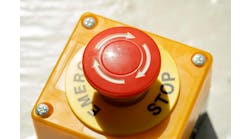With increased realization of the risk posed by hydrocarbons and other toxic hazards, and the resultant focus on safety and environment protection across industries, it's necessary and mandatory to implement trusted methods that result in reliable, robust and safe industrial processes, while also taking into account the overall costs of such measures.
Well-designed instrumented systems used for safety or critical control applications seek a balance of safety and reliability by considering appropriate voting schemes and high self-diagnostic coverage among field sensors, logic solvers and final elements.
In this article, we'll discuss the definitions and concepts behind functional safety and safety integrity level (SIL) requirements, how they can help systematically optimize process safety, and provide guidance during the design process.




